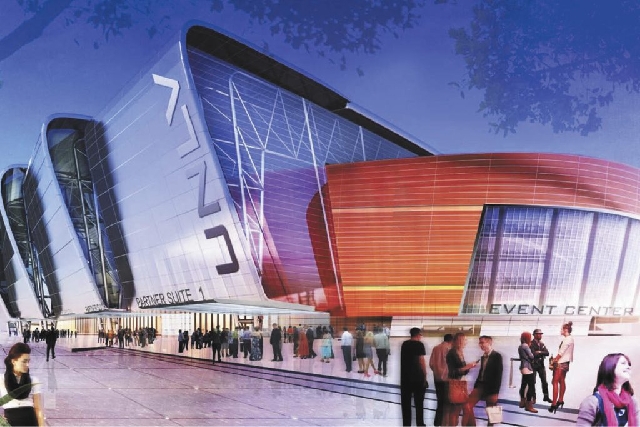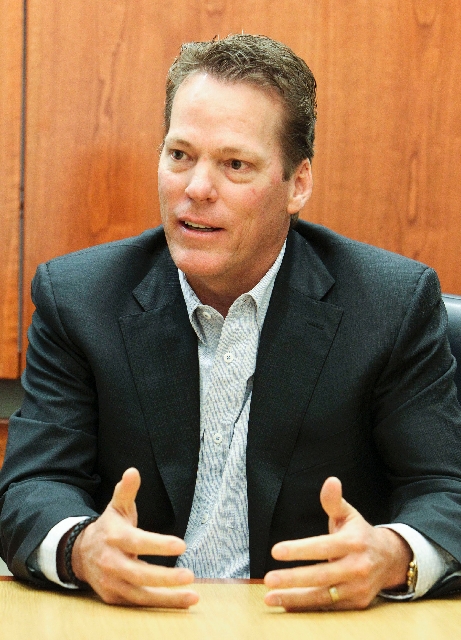What prompted UNLV to drop its stadium partner?


Three weeks after the breakup, Craig Cavileer is still baffled and frustrated.
Majestic Realty’s former point man on the University of Nevada, Las Vegas stadium project can’t understand why UNLV dumped Majestic on March 26 as its private partner for a proposed $900 million, 60,000-seat domed stadium on campus.
“Somewhere along the line someone disagreed with (the project). I don’t know where it came from,” Cavileer, president of the Silverton, told the Las Vegas Review-Journal’s editorial board Tuesday.
After working together 30 months, UNLV dropped Majestic, stunning observers because the development company had committed $360 million to the planned stadium, dubbed a “Mega Events Center.” California billionaire developer Ed Roski owns Majestic, which built the Staples Center in Los Angeles.
Even though UNLV terminated the stadium partnership with Majestic, the development company still has a toe in the project because the university is required to offer it the right of first refusal for two years if UNLV wants to build with another private partner.
When the university severed its ties with Majestic, UNLV’s point man, Don Snyder, said its tie to the private, for-profit partner was getting in the way of forging a partnership with Las Vegas’ major resort companies: MGM Resorts, Boyd Gaming, Caesars Entertainment, Las Vegas Sands, Wynn and Station Casinos.
Snyder said Tuesday that the university is moving ahead by dealing directly with the resort industry and other stakeholders while also lobbying the Legislature for Assembly Bill 335, which would create a campus tax district and improvement authority. The bill remains alive in Carson City.
“The UNLVNow project has evolved from its initial conception in 2011 to a point now where we feel it’s best to move forward by working directly with the entire resort industry and community stakeholders, without the involvement of a third-party developer,” Snyder said. “Assembly Bill 335 will play a key role in continuing to move the project forward by creating an authority with these stakeholders. Together, this group in partnership with the university will envision a project that meets the joint needs of the university and resort industry.”
Cavileer also told the newspaper’s editorial board that:
■ A tax district on campus would generate $7 million to $8 million per year.
■ Stadium financing sources that were considered included a room fee (to generate $32 million annually) and charges on taxi rides and entertainment.
■ MGM Chief Executive Jim Murren suggested the stadium be open-air, not domed.
■ Sheldon Adelson of Las Vegas Sands, the Fertittas of Station Casinos and Steve Wynn all liked the stadium project when he approached them for support.
“The challenge was what was the right balance of the funding,” Cavileer said.
Now that challenge will fall to Snyder and UNLV officials — and the resort industry.
Contact reporter Alan Snel at asnel@reviewjournal.com or 702-387-5273.












